Hanomag (GER)
Hanomag (Hannoversche Maschinenbau AG) was a mechanical engineering company founded in 1871 in Hanover, Germany. In addition to commercial vehicles such as construction machinery, trucks, tractors and steam locomotives, Hanomag also supplied small cars and mid-range passenger cars from 1925 to 1941.
In fact, alongside Citroën and Mercedes-Benz, Hanomag was one of the first series manufacturers of diesel engines for passenger cars. Hanomag even built a diesel-powered racing car that set four world records in February 1939, including the highest speed over 5 kilometers with a flying start. But that is another story.
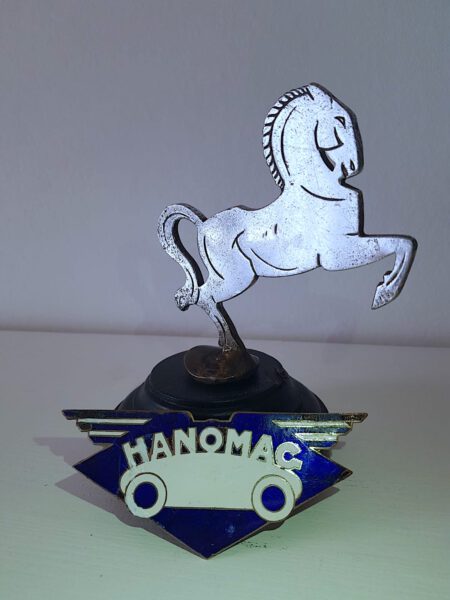
The first passenger car type 2/10 PS from 1925 was nicknamed “Kommissbrot” because of its unusual body shape. It was very simply built which is why the German saying „Zwei Kilo Blech, ’ne Dose Lack – fertig ist der Hanomag“ (“Two kilos of sheet metal, a can of paint – that’s the Hanomag”) was popular.
This first model did not yet have a radiator grille nor a mascot, only a non-enamel metal emblem on its hood.
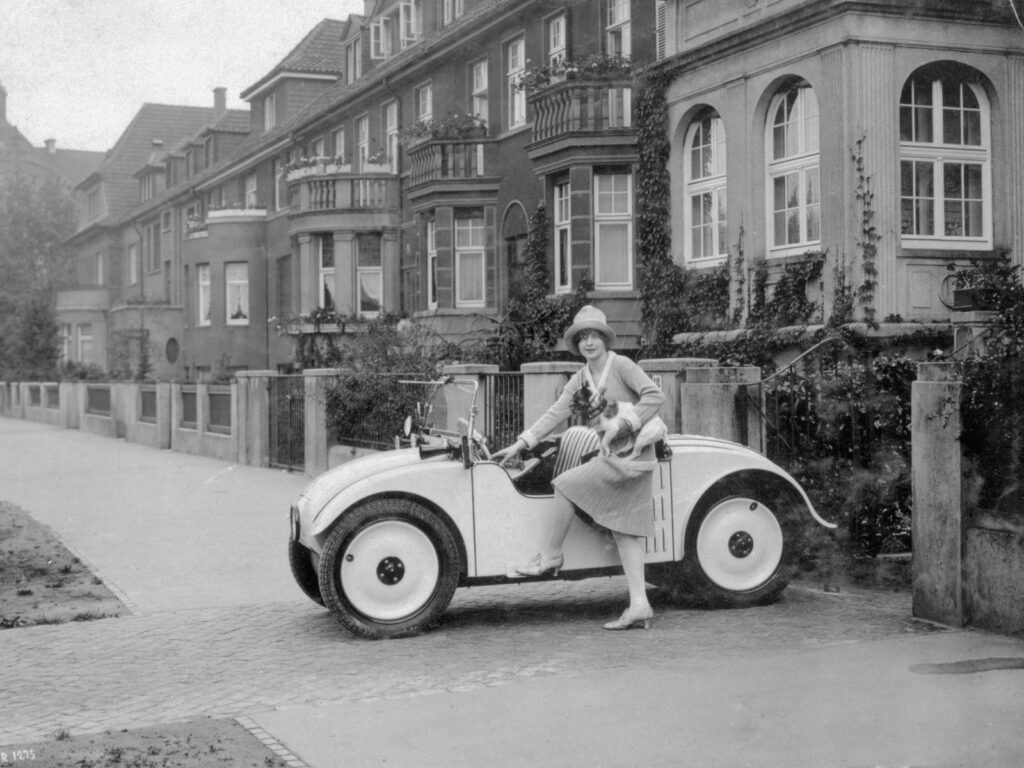
© Historisches Museum Hannover
In 1928 it was followed by the Hanomag 3/16 PS, the first fully-fledged small car. It was advertised as “The king of small cars” and “The most beautiful small car”:
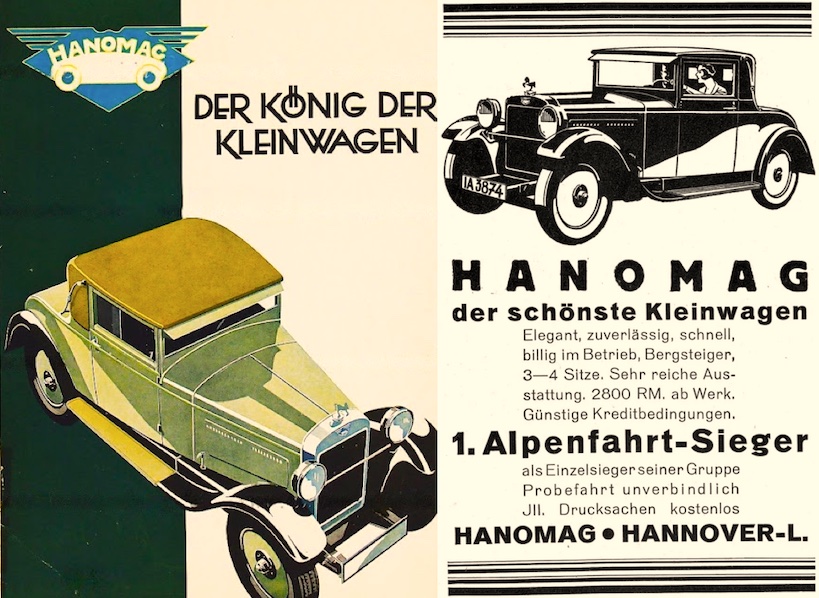
As seen above the flat radiator featured a blue an white enamel emblem and a radiator mascot for the first time.
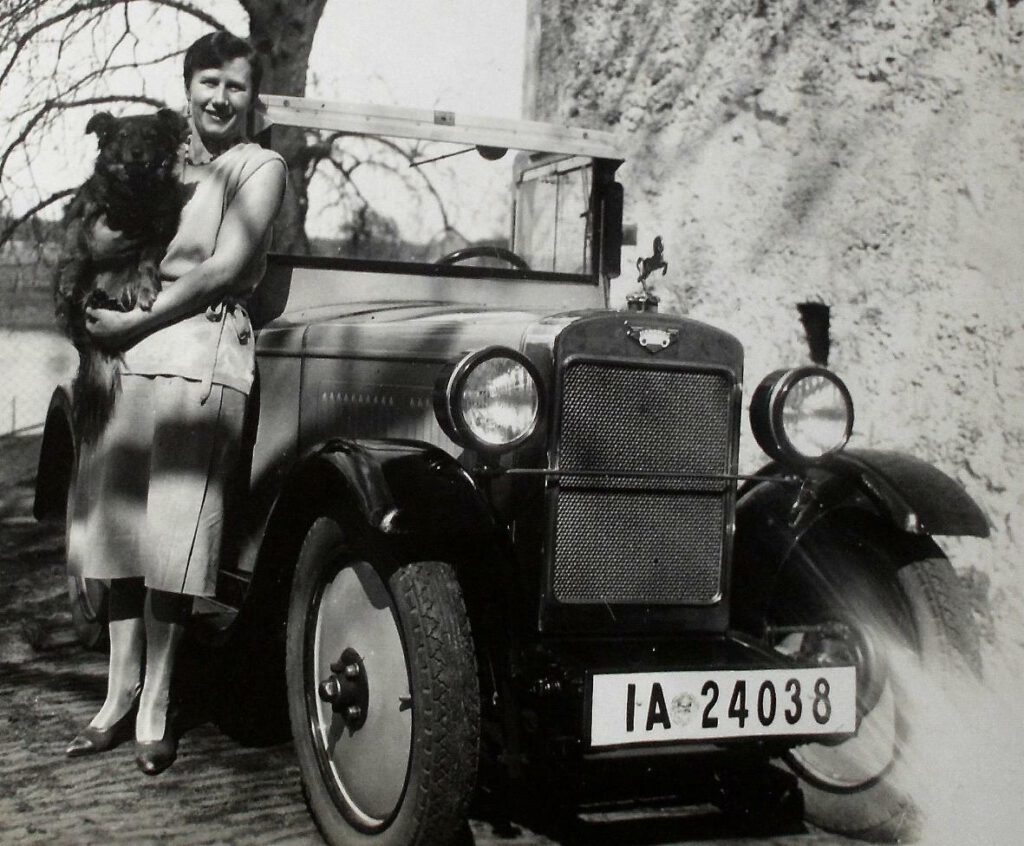
The mascot has a flat shape and is chrome plated and therefore best seen from the side.
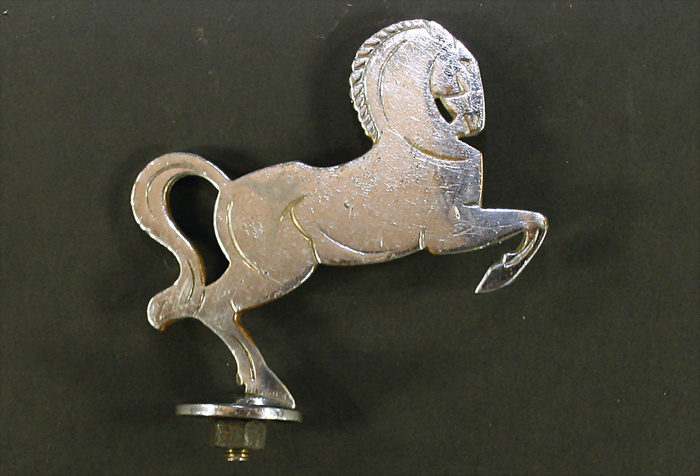
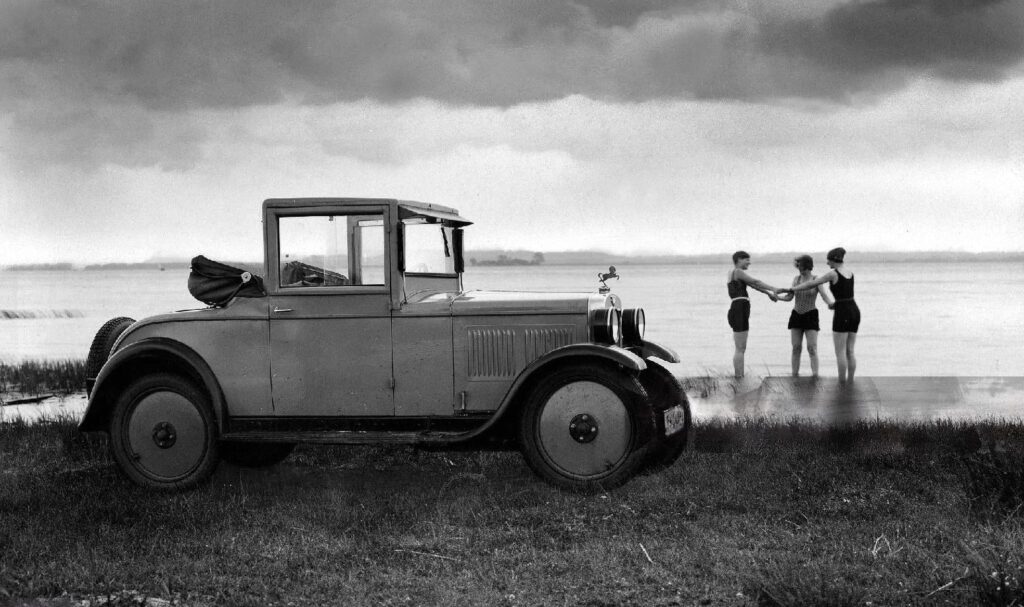
The prancing horse mascot represented the so-called Saxon Steed.
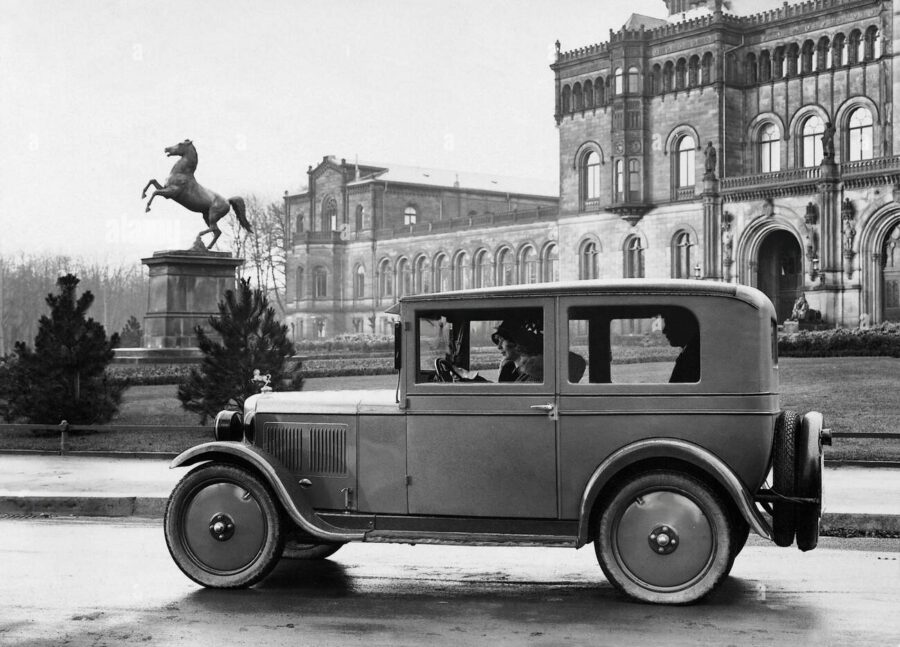
In 1930 the next Hanomag type 4/23 PS had a slightly different mascot with a more three-dimensional shape:
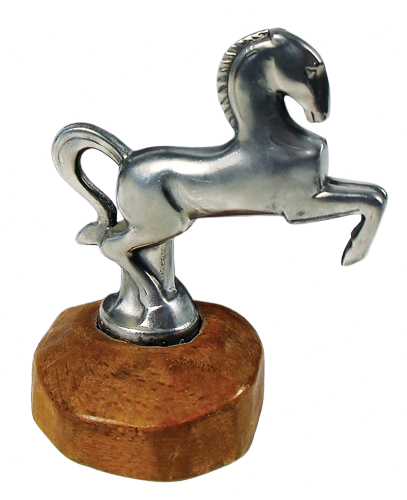
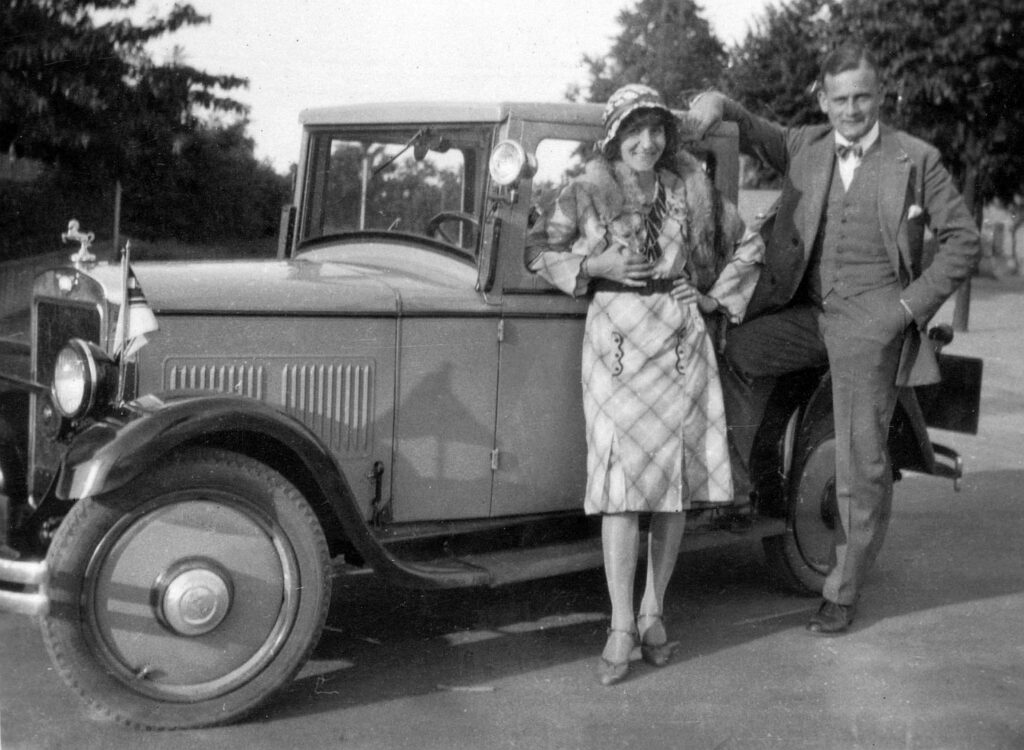
https://vorkriegs-klassiker-rundschau.blog/
The company did not resume car production after the Second World War. Of the approximately 100,000 passenger cars built, only a few survived.
The Hanomag brand was taken over by Daimler-Benz AG in 1969, marking the end of an era, but the tradition and heritage of Hanomag live on to this day.
If you want to learn more about the fabulous world of impressive prewar hood ornaments, you should check out this book.

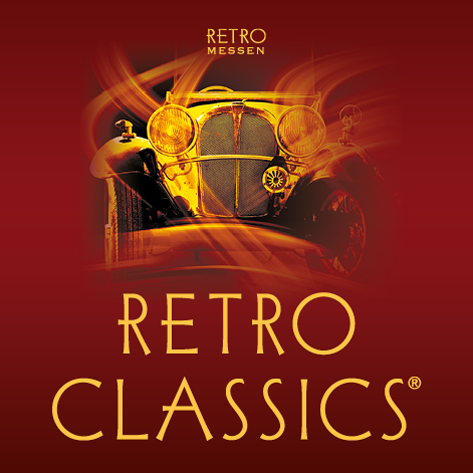


Leave a Reply